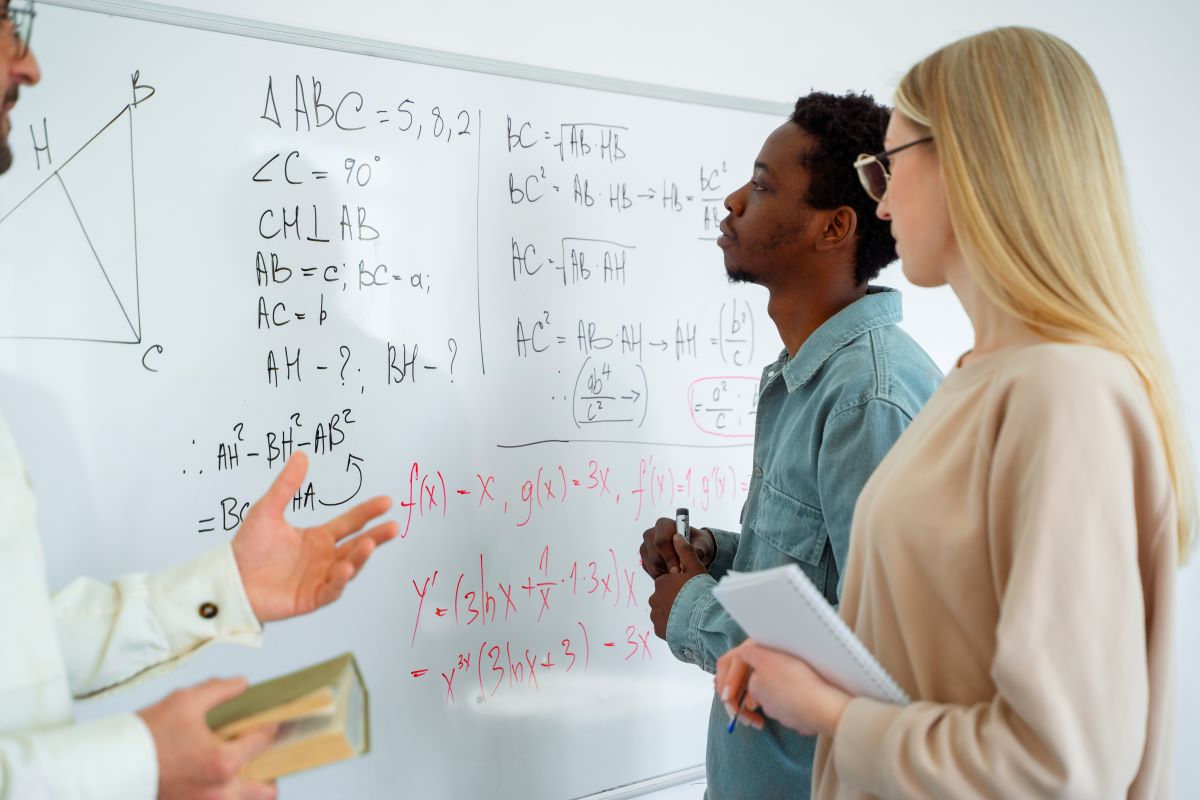OTAN News
Blended Learning in the Math Classroom

Image by: Freepik
Many of us grew up with the traditional math model. It was a Traditional One-Size-Fits-All Approach to Math. Each class followed this lesson structure: 1. Homework check or warm up problem 2. Whole Class Mini-lesson 3. Independent Practice and Review
There are always a few students who can understand math perfectly with this model. While others need more time learning yesterday’s homework. Even additional instruction does not usually mean each student then understands the material. Students who may need the most urgent help are more likely to hide at their desks to avoid teacher attention. In math where each concept builds on another, “students who consistently finish lessons without fully understanding the material face a growing challenge as their foundational knowledge becomes shaky.” While an efficient use of class time, statistically these lessons “rarely meet the needs of all students.”
This article explores the shift for math teachers from the Whole Group to Differentiated Small Group Instruction. The Station Rotation model “offers teachers dedicated time with small groups.” This time supports differentiation, modeling sessions, and support. It is also easily identifiable to notice the learners which need more time with the material or need it explained differently or may need to move on. The author, Dr. Catlin Tucker, suggests a three-station rotation for math teachers.
- A teacher-led group
- Online Station
- Offline Station
The teacher-led group progresses linearly. 1. Hook the Group 2. I do, We do, You do and
3. Homework Check & Review
The Online Station supports self-paced progress, collaborative small group challenges and mathematical reasoning.
The Offline Station spirals back to allow students to revisit and review concepts or apply mathematical thinking to real-world situations.
This article shares many more ideas about what specifically to do in each of these stations. Eager to add some different ideas to your math class? Then, this article is a great place to start.

